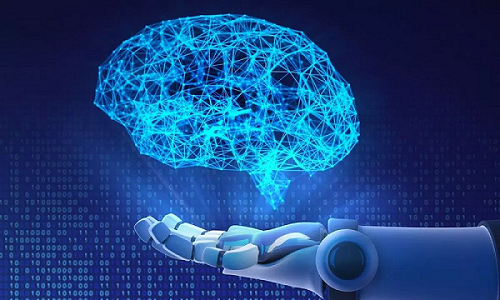Decoding the Technology Connecting Our Brains to Computers

At the intersection of neuroscience and engineering lies the revolutionary technology known as the Brain Computer Interface (BCI). This groundbreaking system provides a direct communication pathway between the human brain's electrical activity and an external device, such as a computer or a prosthetic limb, bypassing the traditional routes of peripheral nerves and muscles. The fundamental process involves acquiring brain signals, processing them to extract specific features, and translating these features into commands that operate a device. This ability to translate thought into action holds immense promise, offering the potential to restore communication and mobility for individuals with severe paralysis, treat neurological disorders, and even augment human capabilities. The ongoing exploration of this technology is paving the way for a future where the line between human cognition and digital interaction becomes increasingly blurred, creating unprecedented opportunities.
BCI systems are broadly categorized based on their method of acquiring neural signals: invasive, partially invasive, and non-invasive. Invasive BCIs involve surgically implanting electrode arrays directly into the brain's grey matter, offering the highest quality signals and precise control but posing significant surgical risks. Partially invasive methods, like electrocorticography (ECoG), place electrodes on the surface of the brain, providing better signal resolution than non-invasive methods with less risk than deep brain implants. The most common category, non-invasive BCIs, uses external sensors to record brain activity, with electroencephalography (EEG) being the most widely used technique due to its safety, affordability, and portability. While non-invasive methods have lower signal fidelity, their ease of use makes them ideal for a wide range of applications in consumer electronics, wellness, and research, driving much of the current market accessibility.
A complete BCI system is comprised of three essential components working in concert. The first is the signal acquisition hardware, which can range from a simple EEG headset with scalp electrodes to complex, surgically implanted microelectrode arrays. These sensors capture the faint electrical signals generated by neuronal activity. The second component is the signal processing unit, where the raw signals are amplified, filtered to remove noise, and analyzed by sophisticated machine learning algorithms to decode the user's intent. This is the "brain" of the BCI, responsible for translating neural patterns into actionable commands. Finally, the output device executes these commands, whether it's moving a cursor on a screen, controlling a robotic arm, or generating synthesized speech. The seamless integration and continuous improvement of these components are critical to advancing the field.






